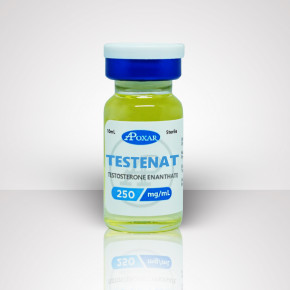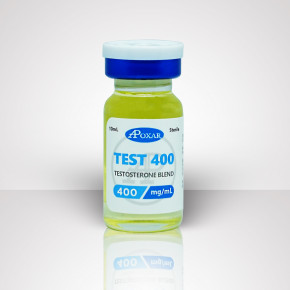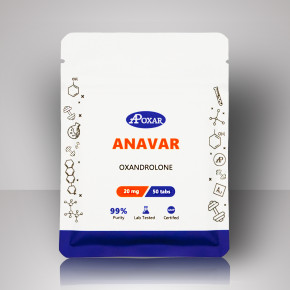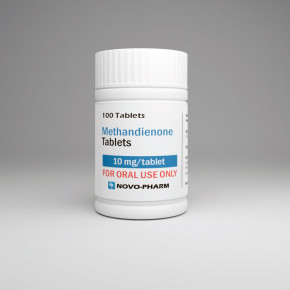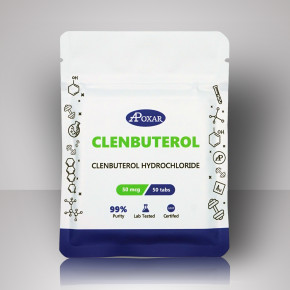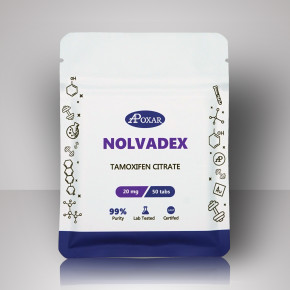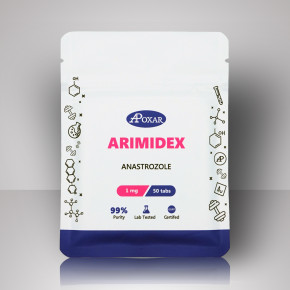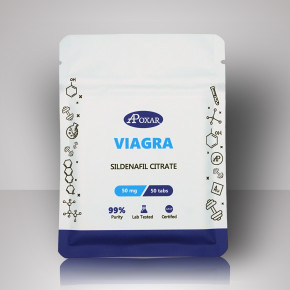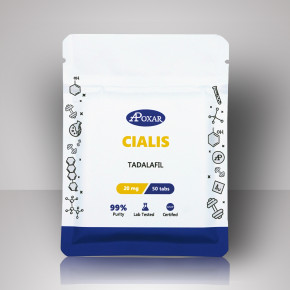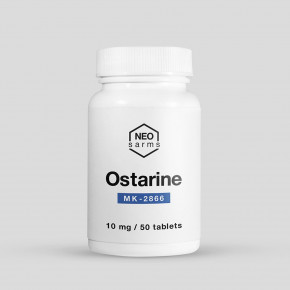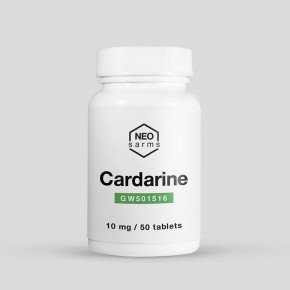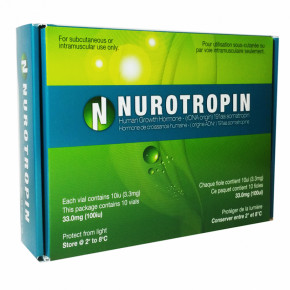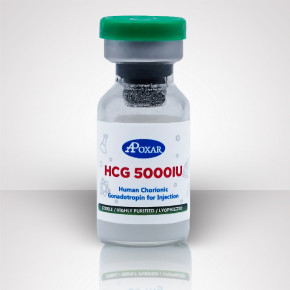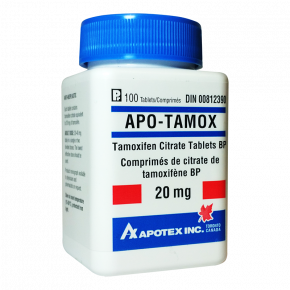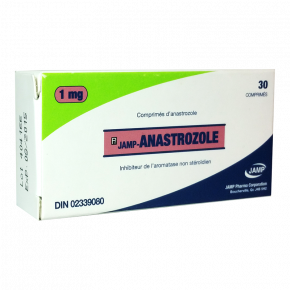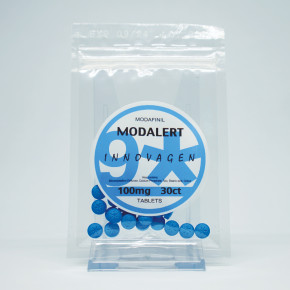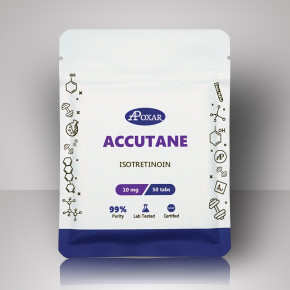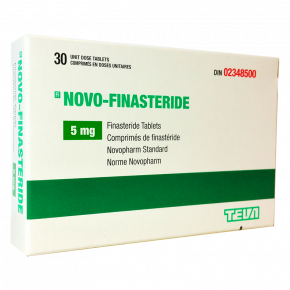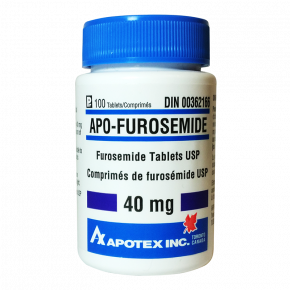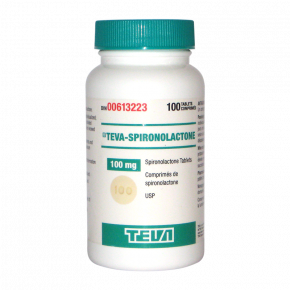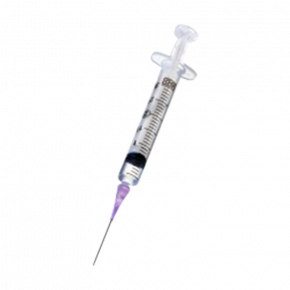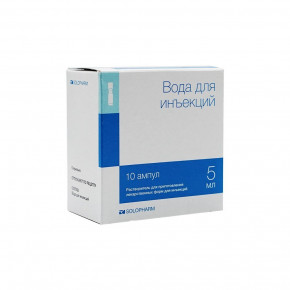 Free delivery for orders over $400
Free delivery for orders over $400Apoxar IGF-1 LR3 General Description
Insulin-like growth factor 1 (also known as IGF-1 and Somatomedin) is a bioactive peptide that is secreted in muscle tissues and the liver; it is related to the primary mediator of the effects of somatotropin. Apoxar IGF-1 is characterized by anabolic effects and stimulated process of muscle hyperplasia (growth of muscle tissue). Two varieties of this substance have been developed based on different exposure times:
- IGF-1 LR3 has 2 times the rate of activity of the IGF base. The half-life is 20-30 hours. The substance slows down the uptake of glucose by the cells, and as a result the body begins to use accumulated fat for energy.
- IGF-1 DES does not contain the first three amino acids, which is why the substance does not enter into contact with plasma proteins. Its activity is 10 times greater than the base of the insulin-like growth factor. The half-life is 20-30 min. The drug is administered locally to the target muscle groups. This type of insulin-like growth factor actively triggers growth of muscle fibers. It affects a large amount of receptors at the same time, which includes the ones slightly damaged by lactic acid.
The positive effects of Apoxar IGF-1 are similar to the effects of growth hormone, since the latter cannot be considered to be independently active. Growth hormone produced in the body interacts with the liver, releasing insulin-like growth factor 1, which guarantees the positive effects of growth hormone like the reduction of body fat, muscle gain and better body definition.
Apoxar IGF-1 Benefits
The concentration of the insulin-like growth factor changes throughout life – in infancy and early childhood, the level of the substance in the body is low, as the maximal concentration is reached by the end of puberty and gradually decreases after 50 years of age. The presence of a carrier protein allows for maintaining a constant level of Apoxar IGF-1 throughout the day, while the concentration of growth hormone may vary. The insulin-like growth factor in muscle tissues exhibits a double activity – it stimulates protein synthesis and suppresses its breakdown.
IGF-1 is commonly used in sports to achieve the following positive effects:
- reduced excess fat;
- increased muscle mass;
- normalized myocard function;
- improved definition of each muscle, cutting of the whole body.
Scientists have proved that IGF-1 does not affect the increase in strength capabilities of athletes. The main advantage of the drug is to stimulate increased muscle tissue growth, which is highly appreciated by athletes. The maximal effect of the use of insulin-like growth factor 1 is manifested in cases of following a special training regimen for "pumping" and a strict diet. It is best to do 10-12 sets aimed at individual muscle groups at 12-20 reps per set. Breaks between sets should be kept to a minimum. With such training, diet should be based primarily on protein foods and a large amount of carbohydrates.
The main use of IGF-1 in sports is to reduce subcutaneous fat. The substance has the ability to smooth out the shortcomings of following an unbalanced diet, which include protein deficiency, excessive carbohydrate intake or foods low in calories. According to recent scientific studies, the insulin-like growth factor provides a more pronounced fat burning effect when compared to growth hormone. To achieve the best possible reduction of fat in the body, some athletes combine artificial growth hormone with IGF-1, which is completely justified considering the resulting benefits.
The advantages of using insulin-like growth factor 1 include its beneficial effect on the functioning of the cardiovascular system, especially on heart recovery. The substance’s basic action is identical to the use of nitroglycerin by people with myocard diseases.
Apoxar IGF-1 Possible Side Effects
Excessive intake of IGF-1 can result in hypoglycemia, as is the case with insulin. In other words, the insulin-like growth factor can lower blood sugar concentration. Along with a significant anabolic effect that stimulates the rapid growth of muscle fibers, the growth of malignant tumors that have been previously formed in the body may also occur. Other negative reactions include headache, cramps, nausea, excessive increase in the size of the cardiac muscle, increased intracranial pressure, allergic skin rashes. Prolonged use of the substance at high dosages can lead to acromegaly (excessive growth of the cartilage, nose, forehead, chin, feet and hands), as well as arrhythmia and changes to the cardiac muscle. An insulin-like growth factor cycle does not result in an imbalance concerning the sex hormones.
Apoxar IGF-1 Administration and Dosage
The optimal dosage is 100 mcg per day. Such a dose is suitable for athletes, the only exception being track and field athletes. Injections of the insulin-like growth factor can be made locally or systemically. Systemic injections are made in the gluteal muscles, local ones are injected into the specific muscles that require an increase in volume. The first option is perfect for active fat burning. Daily administration of the drug is not only UNNECESSARY, but also ill-advised. It is best to make 2-4 administrations weekly during training days.
The regimen for taking the insulin-like growth factor depends on its variety – injections of IGF-1 LR3 are made daily at 50-150 mcg per administration. The tolerance to the drug develops after 3-4 weeks of the cycle, which is why the duration of the intake shouldn’t exceed a month.

